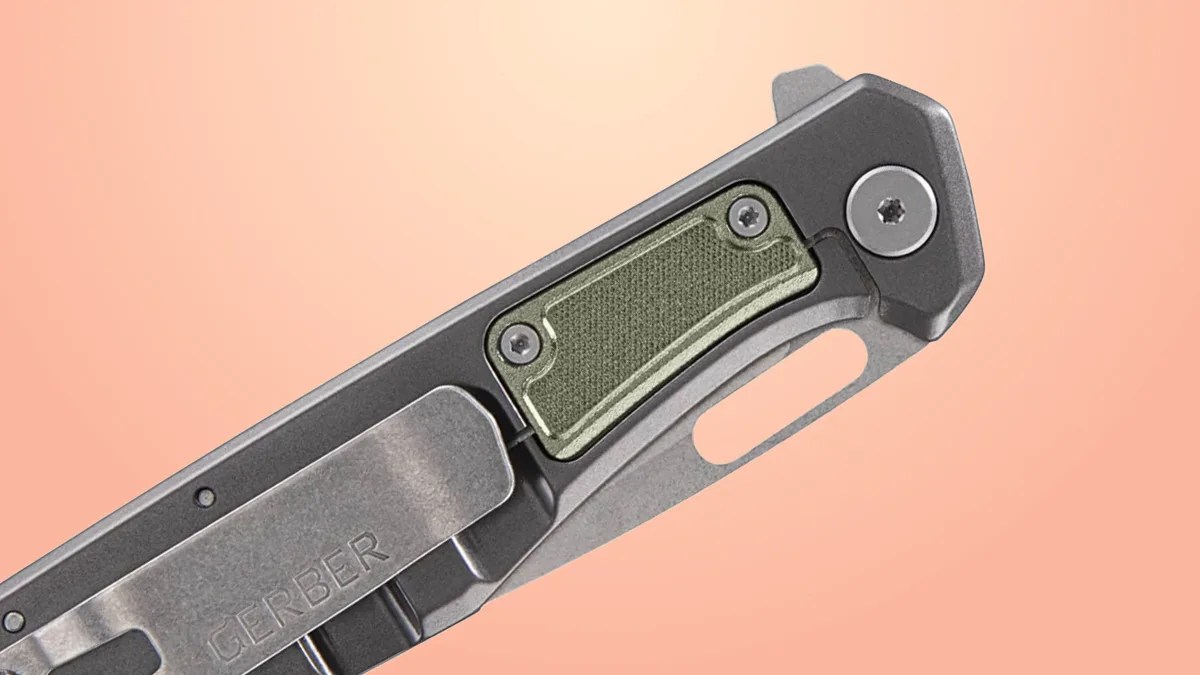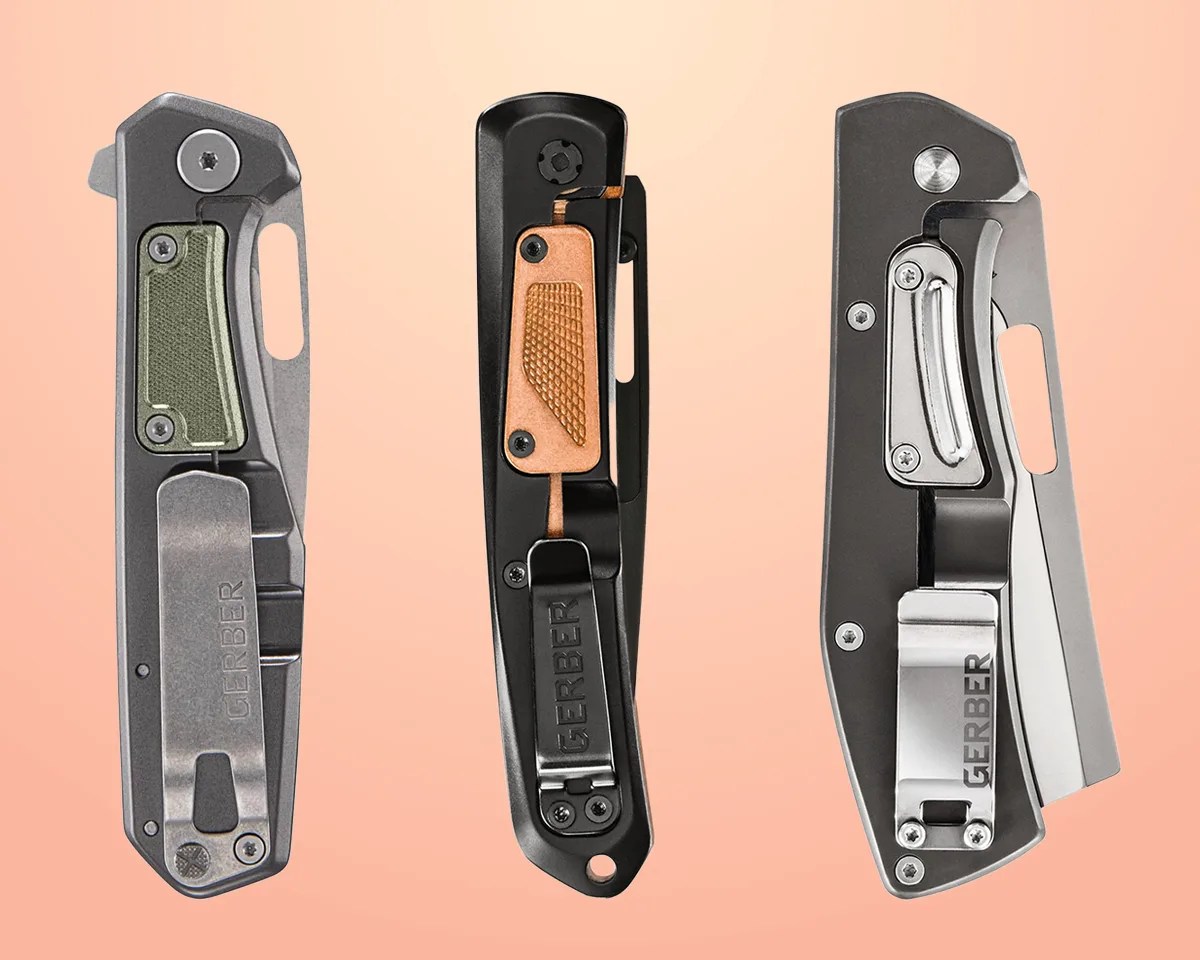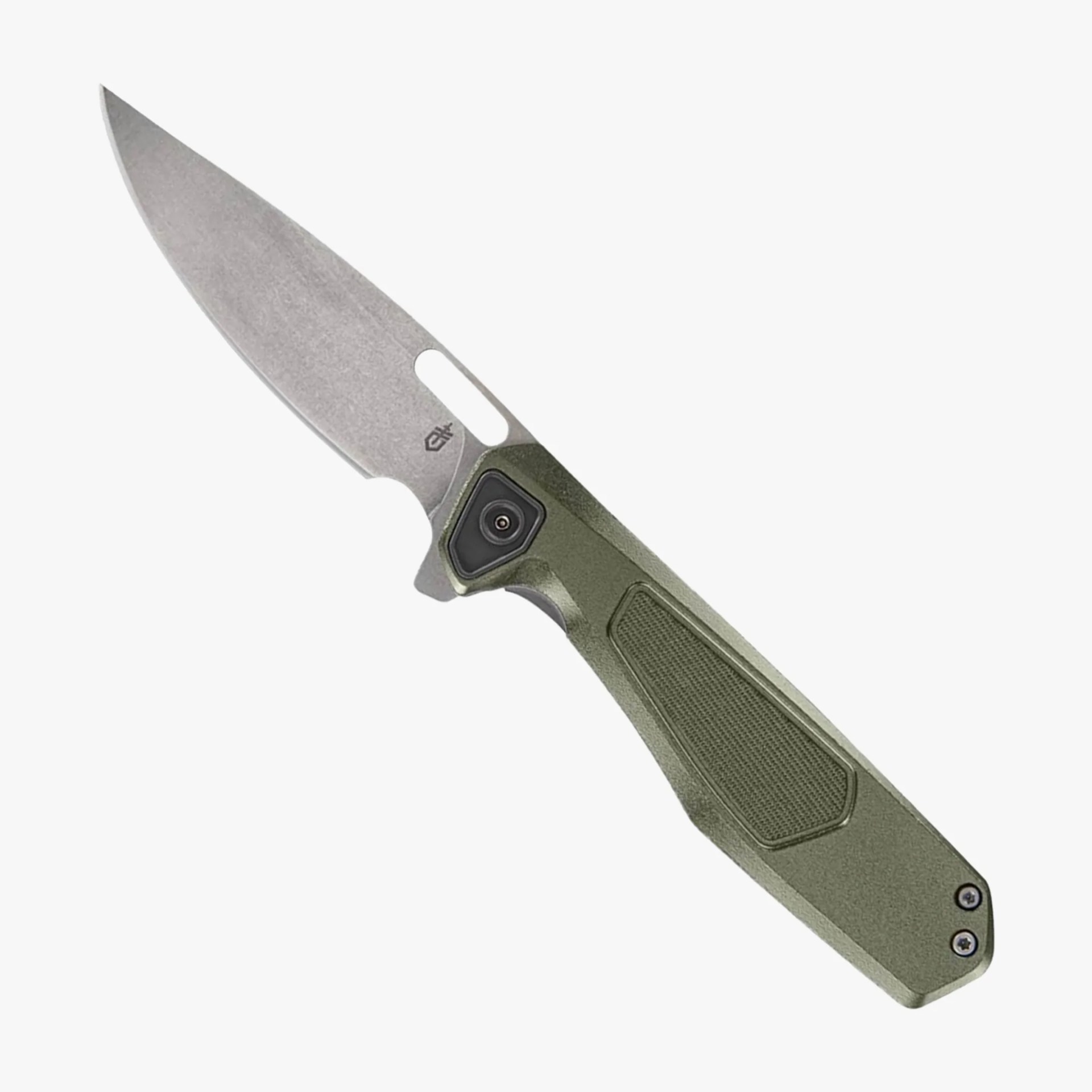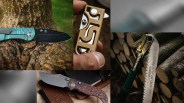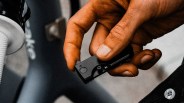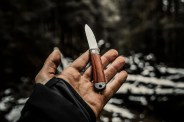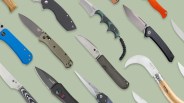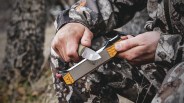Usually, when an EDC brand launches a new technology — especially a patented one — there’s a lot of fanfare surrounding it. However, a knifemaker occasionally applies new apparatuses and mechanisms without so much as a squeak.
Interestingly, Gerber has recently done the latter. Five of its folding knives — most recently the Gerber MiniSada — have been quietly equipped with a new patented device called a Pinch Plate, making them quicker, safer and more ergonomic.
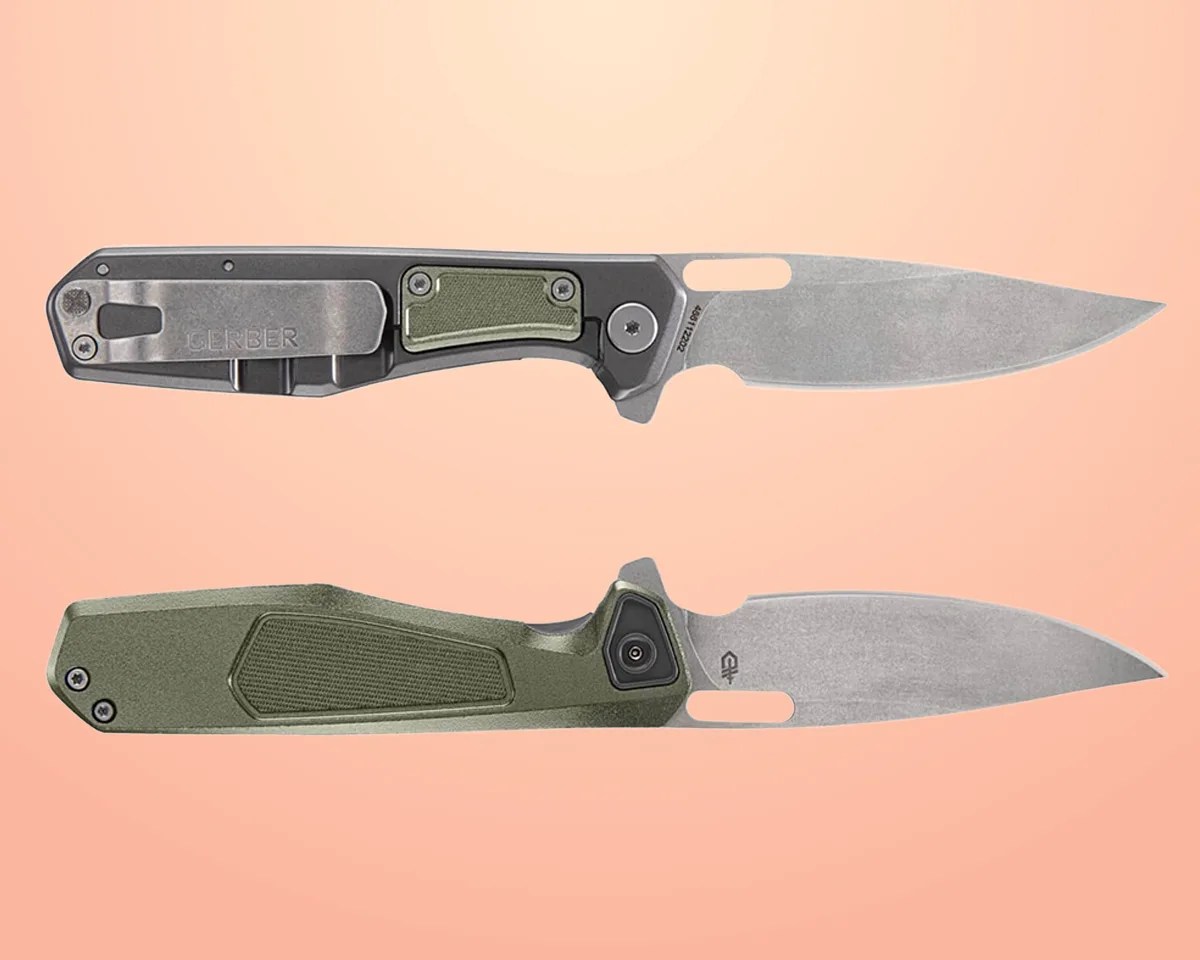
A pinch is all you need
One of the prerequisites for Gerber’s patented Pinch Plate is that it must be applied to a frame lock knife. Luckily, frame locks are one of the most widely employed mechanisms in both Gerber’s catalog and the greater knifemaking world.
The device is affixed on the lock side of a knife’s handle between the pivot and pocket clip. It consists of a small piece of material that juts out over the lock and is attached to the lock-side scale via a pair of screws.
It’s a small addition, but it makes a big difference. Jutting out over the lock like a cantilevered platform, the Pinch Plate creates more surface area for your fingers to grip the handle without impeding the lock. This improves the ergonomics — no need to pinch the handle as gingerly — and makes opening the knife faster and safer.
